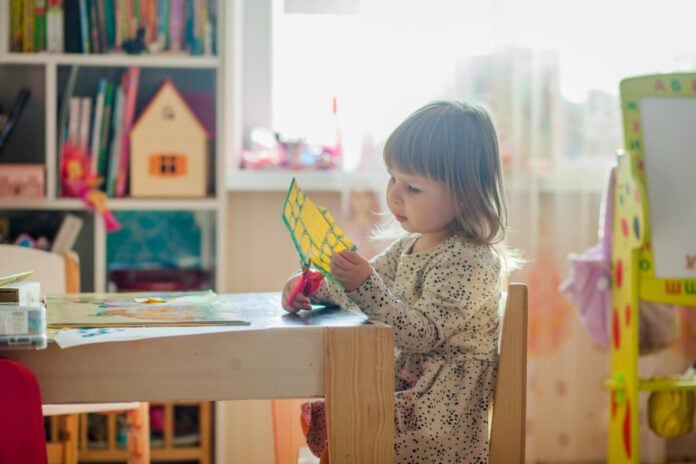In the north of the Netherlands, the school bell has rung and students have parked their bikes, hoisted their backpacks, and headed back into the classroom. But this school year is looking a little different as students and teachers adjust to new corona rules.
While the students spent their vacations relaxing, swimming, and perhaps travelling, school administrators have been hard at work implementing the new coronavirus measures. But what are they — and how do they differ from the measures put into place before summer holidays?
Students don’t have to keep their distance
Because we all know that science has proved children can’t spread the virus (guys, that’s sarcasm, they can). Regardless, even students as old as 18 don’t have to be 1.5 metres apart, despite secondary students having to do so last year.
Coronavirus protocols ask for schools to try to take breaks with their own classes and to spread out breaks between classes as much as possible to avoid corridors being filled with students. After school, there is no loitering, and students are encouraged to make their way home on foot or bike. Public transport is also an option for students who need it.
Primary school students don’t even have to keep their distance from teachers, although high school students do. Adults must always keep their distance from each other as much as possible. However, a teacher can come closer to a student during practical lessons with students — but are encouraged to avoid it if they can.
Children will go to school five days a week
Last year, secondary students only had to go to class for a portion of days to reduce the spread. This year, they’ll be back five days a week, the same as primary school students. There are a few exceptions:
- A student in a risk group (or with a family member in a risk group) can request to not have to attend class, but do distance learning instead. This is done in consultation with the school.
- Students who have been in countries with orange or red travel advice should not go to school. Students above 13-years-old are not expected to go to school because of the recommended quarantine period.
- While younger children do have to go to school, they should not be brought or collected by a person on quarantine.
Coronavirus symptom(s)? Stay at home
From now on, parents will only be allowed to enter school grounds after responding to coronavirus health questions — the same as at restaurants.
Students that have coronavirus symptoms cannot go to school. They can only return once the complaint has ceased for 24 hours. If a family member has a fever or shortness of breath, students must also stay home. However, students in Group 1 and Group 2 are allowed to go to school even if they have cold-like symptoms, because children of this age often have a cold.
And of course, anyone waiting for the results of a coronavirus test must stay at home. If a student tests positive, the GGD will decide if it is necessary to test other students.
Students must wash their hands
Students will be rushing to the sink regularly, for example, when class begins. Classrooms will be well-stocked with soap, handgel, and cleaning materials for door handles and tables. These rules may differ from school to school, but these are the recommended tactics.
Ventilation is also an issue. Authorities have drawn up a guide to the ventilation of classrooms. It says that rooms have to be aired out regularly, and that recirculation of air in one room should be avoided.
What do you think of the new coronavirus measures in schools? Too much, or not enough? Tell us in the comments below!
Feature Image: Natalie/Pexels
